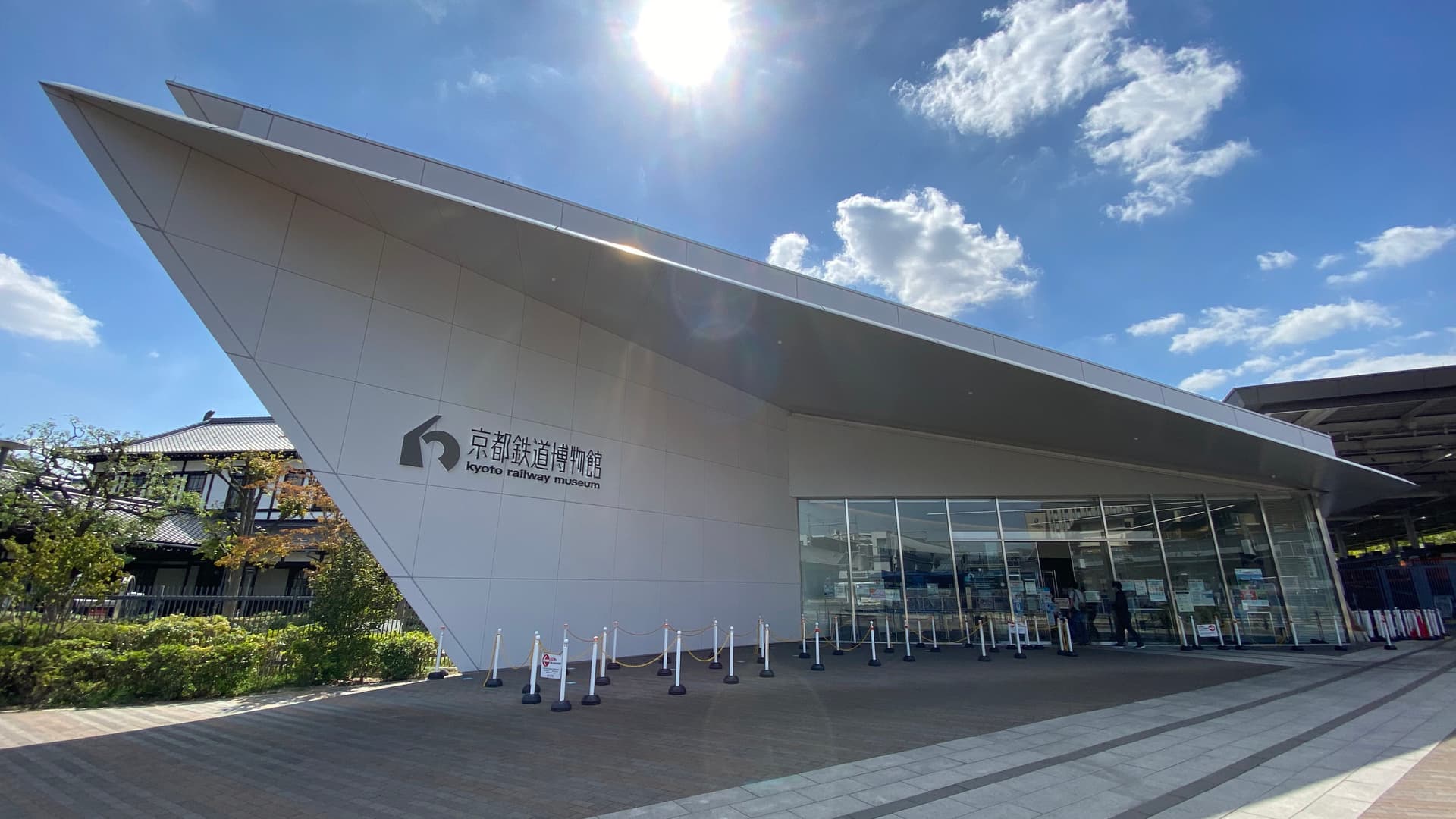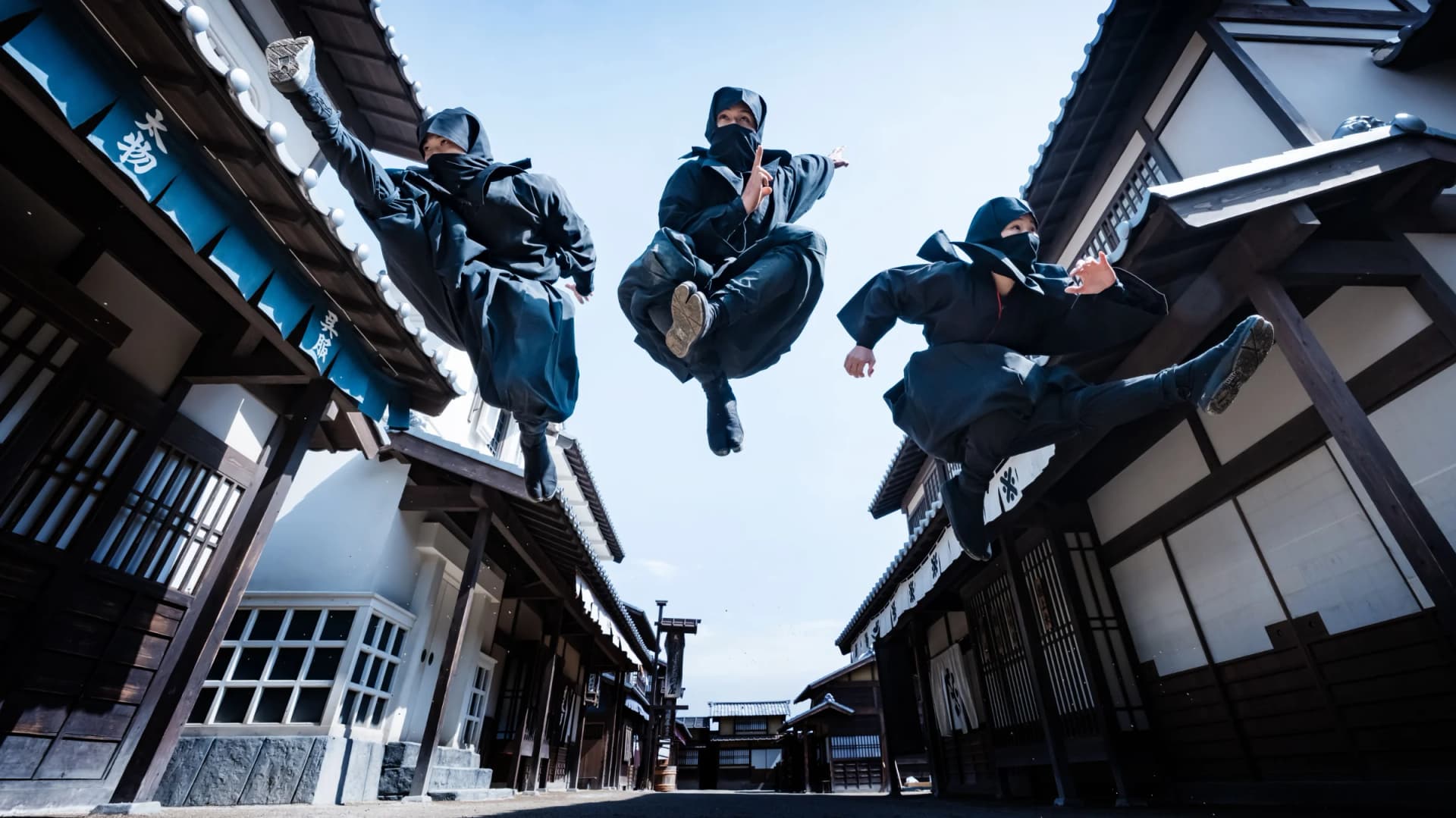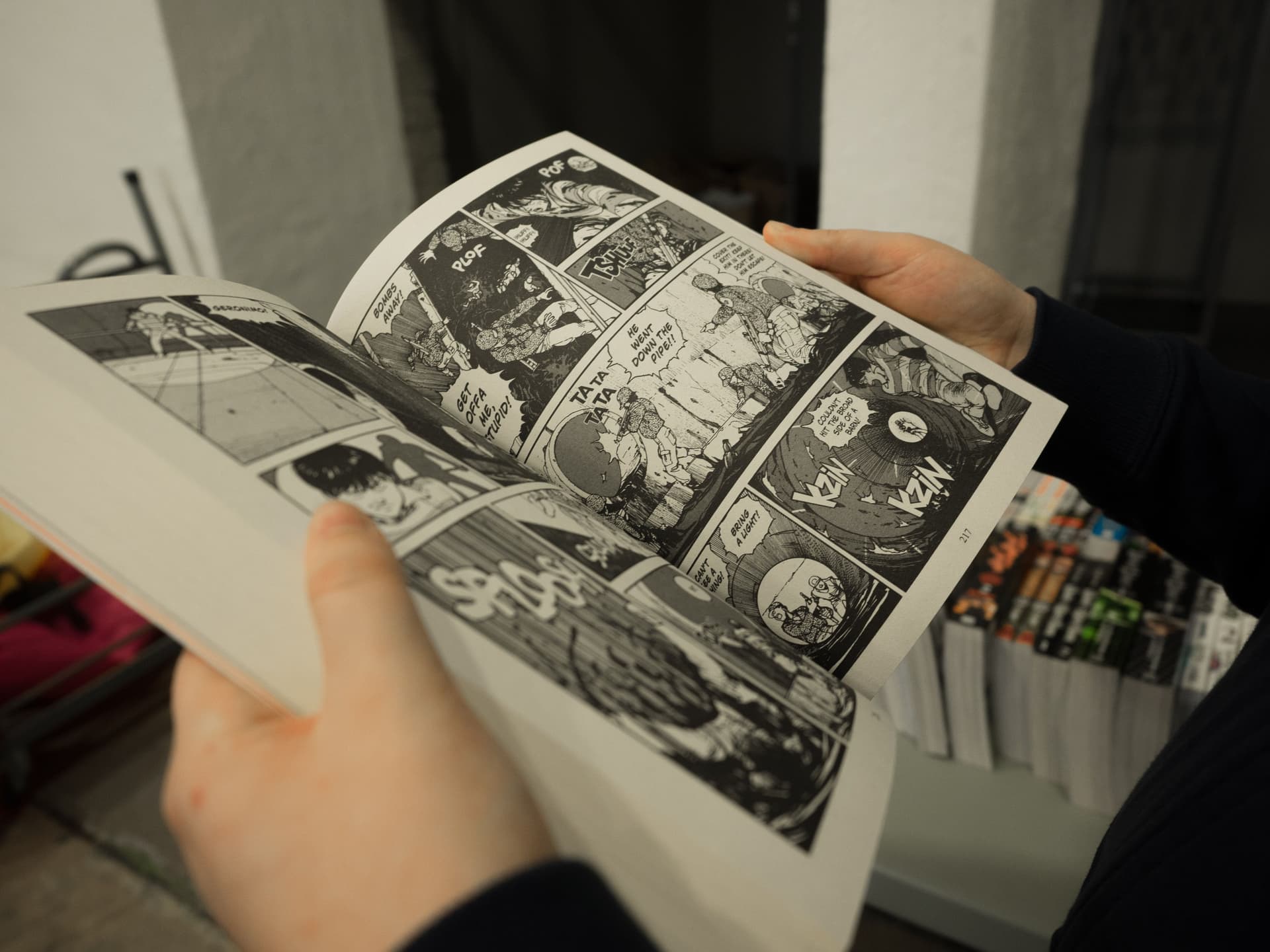
Kongōbu-ji (Mount Kōya)
金剛峯寺 (高野山)- Gokurakubashi StationNankai Kōya Line
Mount Kōya, rising about 1,000 meters above sea level in Wakayama Prefecture, is one of the most sacred sites of Japanese Buddhism. Founded at the beginning of the Heian period by Kōbō Daishi (Kūkai), it has served as the spiritual and educational heart of Shingon Esoteric Buddhism for over a thousand years.
The head temple of the area is called Kongōbu-ji, but it is often referred to simply as Mount Kōya, or Kōyasan (mountain name of the temple). The temple is not limited to a single building - the entire mountain itself is considered holy. In other words, Mount Kōya is both a physical mountain and a sacred temple complex, and all of it together is treated as one unified sacred space. This unique concept is known as “Issan Keidaichi”, meaning “the entire mountain as temple grounds”. Unlike a typical temple, which occupies a single site with surrounding precincts, Mount Kōya’s sacredness extends across the whole mountain, with every path, hall, and sub-temple forming part of a single holy domain.
The Kongōbu-ji temple grounds cover approximately 159,700 square meters (48,295 tsubo), including the Main Hall (Honbō) along with many other structures of grandeur and elegance. The Danjō Garan temple complex, located at the heart of the mountain, serves as the main place of study and ritual. Most of Mount Kōya’s important ceremonies are held in the Kondō (“Golden Hall”) within this complex.
Scattered across the mountain are many tatchū (sub-temples), established to honour Kōbō Daishi and treat the entire mountain as one grand temple (Daiji, Head Temple Kongōbu-ji). Today, there are 117 sub-temples, of which 51 provide lodging (shukubō) for pilgrims and visitors, allowing them to experience life at the sacred site firsthand.
In July 2004, Mount Kōya was designated a UNESCO World Heritage Site as part of the “Sacred Sites and Pilgrimage Routes in the Kii Mountain Range”. On January 19, 2024, the main temple complex (Honbō) of Kongōbu-ji was designated an Important Cultural Property. The following structures were included in the designation:
- Main Hall and Oku-shoin - built in 1862
- Sanmon (Main Gate) - built in 1680
- Ekamon (Sub-gate) - built in late Edo period
- Kyōzō (Sutra Repository) - built in 1679
- Shōrō (Bell Tower) - built in 1864
- Gomadō (Ritual Hall) - built in 1863
- Shinzen-dō (Shinzen Mausoleum) - built in 1640
- Kago-style Fence (2 structures) - built in late Edo period
- Tsuijibei-style Fence (2 structures) - built in late Edo period
In addition, the following were also protected alongside the Important Cultural Properties:
- Rokuji Shōrō (Six O’clock Bell )
- Two wooden plaques related to the Honbō of Kongōbu-ji
Reihōkan – The Treasure House of Mount Kōya
Beside the many sacred and historic buildings, sites, and mausoleums, the Reihōkan stands out as a must-visit treasure of Mount Kōya. This grand museum of Esoteric Buddhist art houses over 50,000 cultural treasures, including 21 National Treasures, spanning the full 1,200-year history of Kōyasan. Each statue, painting, and calligraphic work captures the spiritual devotion and prayers of its creators, allowing the faith and artistry of past generations to resonate with visitors today.
Founded in 1921, the Reihōkan was initially created to preserve and manage the cultural properties held by the 117 temples of Mount Kōya. In addition to this vital role, it now functions as a public exhibition space, sharing the depth and richness of Kōyasan’s heritage with audiences from around the world.
The Legend of the Founding
An old legend tells how Kōbō Daishi discovered Mount Kōya. After completing two years of study in Tang China, he was preparing to return to Japan when he prayed for guidance to find the perfect site for his monastery. Holding a three-pronged ritual implement called a sankō, he cast it into the air. The sankō is said to have flown across the sky and landed on the plateau where the Danjō Garan temple complex now stands.
In search of the sankō, Kōbō Daishi traveled through Uchi District in Yamato Province, where he met a mysterious hunter with a bow and arrow, accompanied by two dogs - one black and one white. Guided by the dogs, he crossed the Kino River and ventured into the rugged mountains. There, he encountered a woman who declared, “I am the guardian of this mountain. I will aid you.” Following her guidance, he reached a secluded, serene area. On a single pine tree, he found the sankō he had cast from China. Recognising the site as perfect for establishing Shingon Esoteric Buddhism, he resolved to open this sacred mountain.
Mount Kōya remains not only a historical and spiritual treasure, but also a living centre of Shingon Buddhism, particularly for the Kōyasan Shingon-shū sect, one of 18 major Shingon sects. For this sect, the Okunoin - the mausoleum of Kōbō Daishi - is the spiritual heart of their faith, while the Danjō Garan complex serves as the place of study. From these foundations, the community continues to uphold and transmit the teachings and traditions of Shingon Esoteric Buddhism, ensuring that the wisdom of Kōbō Daishi remains alive today.
To reach the temple, get off at Gokurakubashi Station and take the Koyasan Cable Car.
Related topics
At Hey Japan!, we strive to keep the places listed on our website as current as possible. However, it is important to note that location owners or management may make changes to their plans, including canceling events, altering opening times, or modifying admission requirements, without prior notice. To ensure that you have the most accurate information, we recommend checking official websites before visiting any location.
Last Updated:















